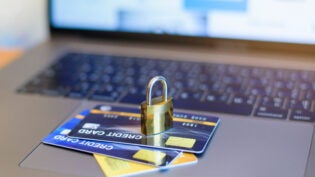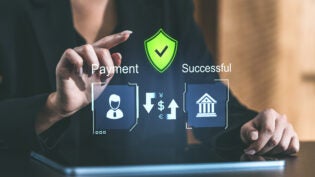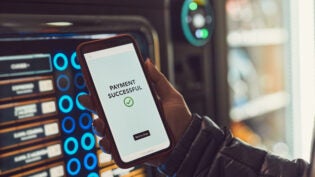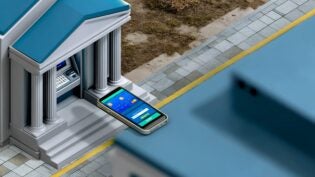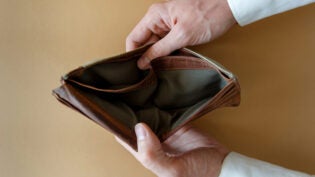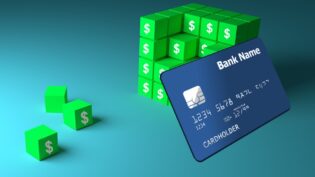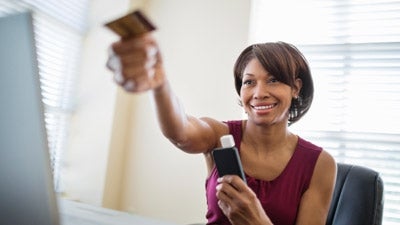
When asked why he robbed banks, underworld mythology says Willie Sutton answered, “Because that’s where the money is.”
The veracity of that quote is certainly in doubt. However, there’s no doubt that your business should be diving into the world of universal payments. Not long ago on these pages, I touched on this issue with regards to Bitcoins. I want to take a little step back this time out and look at the broader issue of “universal payments,” which for my purposes will be mobile card readers and mobile wallets.
Mobile card readers
Because they are often advertised on television, most of us are probably somewhat familiar with mobile card readers. For some reason, the marketing folks behind these think their shape is important, so PayPal’s mobile card reader is triangular and the Square Card Reader is, well, square.
If your business makes any “away from home base” sales, you should probably be using a mobile card reader. If you don’t do any business away from your main location, you should brainstorm opportunities; the technology affords you a low-cost way to explore new markets. Head to flea markets, farmer’s markets, inside complementary stores or other large public events to find new customers.
Also, I know that some retail businesses—even today—are reluctant to accept credit cards. After all, who wants to give away a chunk of their profit on a sale? But 40 percent of all consumers are carrying less than $20 in cash and two thirds carry $50 or less, so you really need to have a way to accept credit cards. A mobile card reader is a low-cost way to see how accepting credit cards will benefit your business.
If you don’t like the results, just tuck away your little smartphone attachment in the back of your sock drawer.
Mobile wallets
Somewhat less known are mobile wallets, although Google created its mobile wallet back in 2011. There is no doubt that credit card security is becoming a major issue with both consumers and businesses. It seems like there’s a new high-profile hacking incidents every two or three months.
Mobile digital wallet technology is designed, at least in part, to provide additional security to transactions; it also enables a wide range of add-on features that can be leveraged for marketing purposes, such as loyalty programs and promotions.
The most simple digital wallet could be thought of as a pre-loaded credit card accessible through your smart phone. However, its tentacles can stretch much further, as I said above it could be tracking loyalty accounts, be used in lieu of event tickets, pay parking fees, enable “social shopping” and much more.
In a store setting, mobile wallet systems generally use near field communication or quick response (QR) codes to communicate with a vendor’s point of sale hardware. They eliminate the need for consumers to carry around a wallet full of cards and can be used just as easily online as in a store. However, so far they haven’t been a big hit with consumers.
Nonetheless, accepting payments via mobile digital wallets can be an effective marketing tool for your business. If your customers are tech-savvy, adopting any “forward looking” technology—mobile wallets or Bitcoins, for example—can help you convert prospects.
Apple Pay
I recently wrote about the much-ballyhooed Apple Pay and we’re getting very close to its launch. It will be extremely interesting to see how this new kid on the block changes the payment scene.
Will it be a disruptor or merely one among many? In any case, it’s important to keep an eye on developments in mobile payment technology and commit to adopting at least one form and seeing how it can benefit your business.
This article was originally published by Susan Solovic
Published: October 30, 2014
2448 Views
2448 Views



